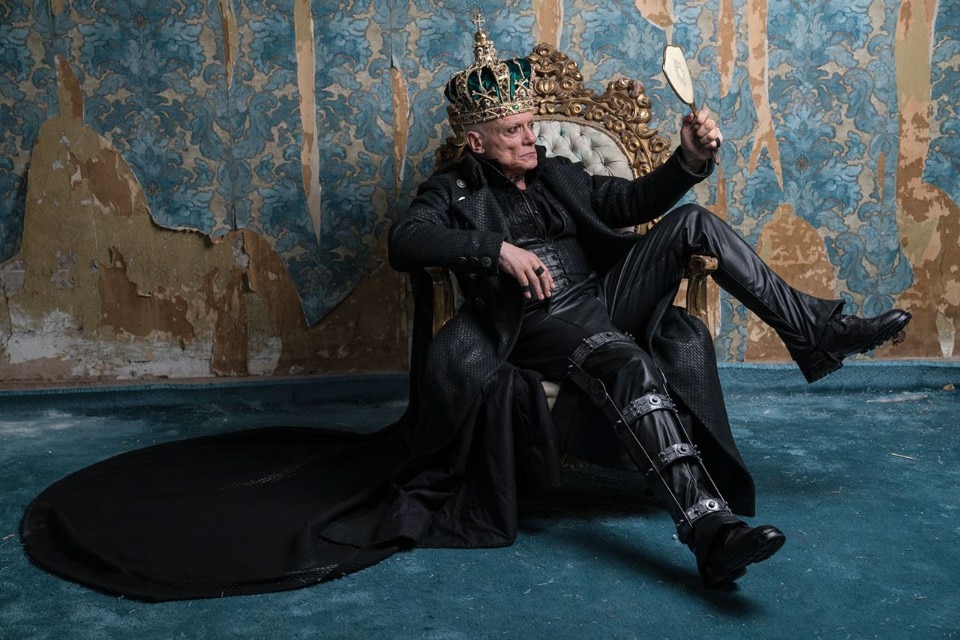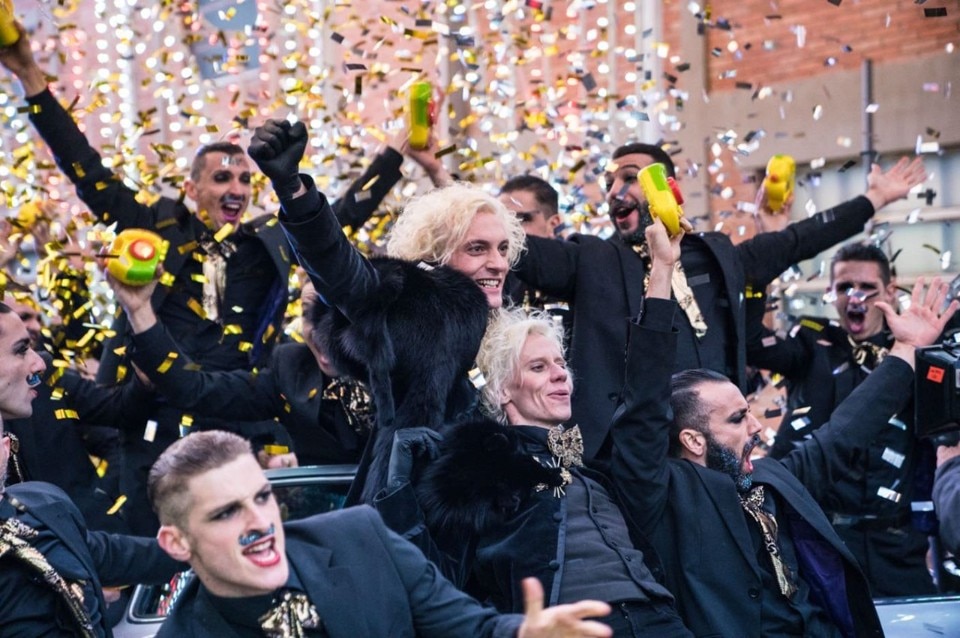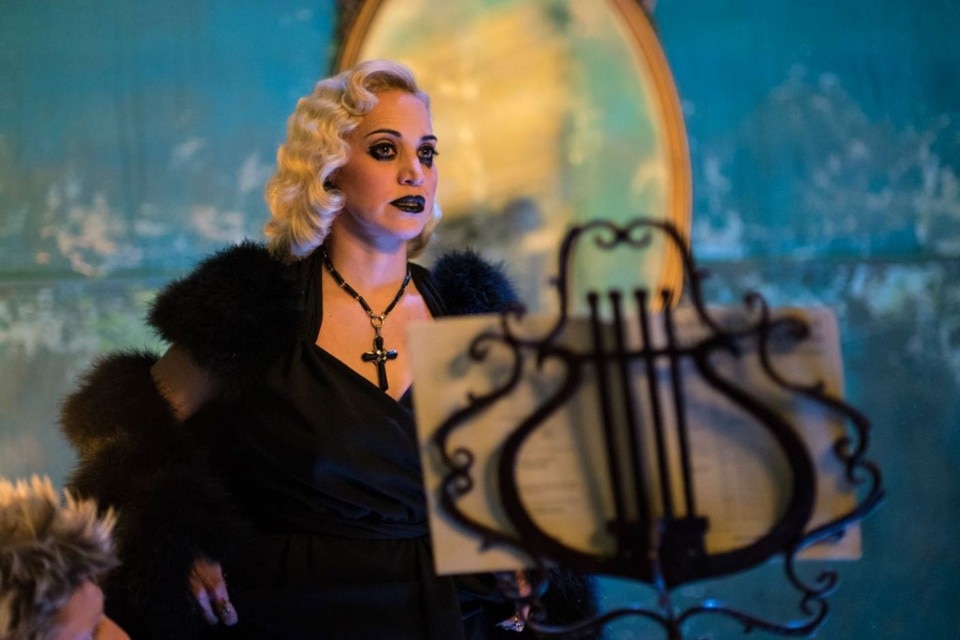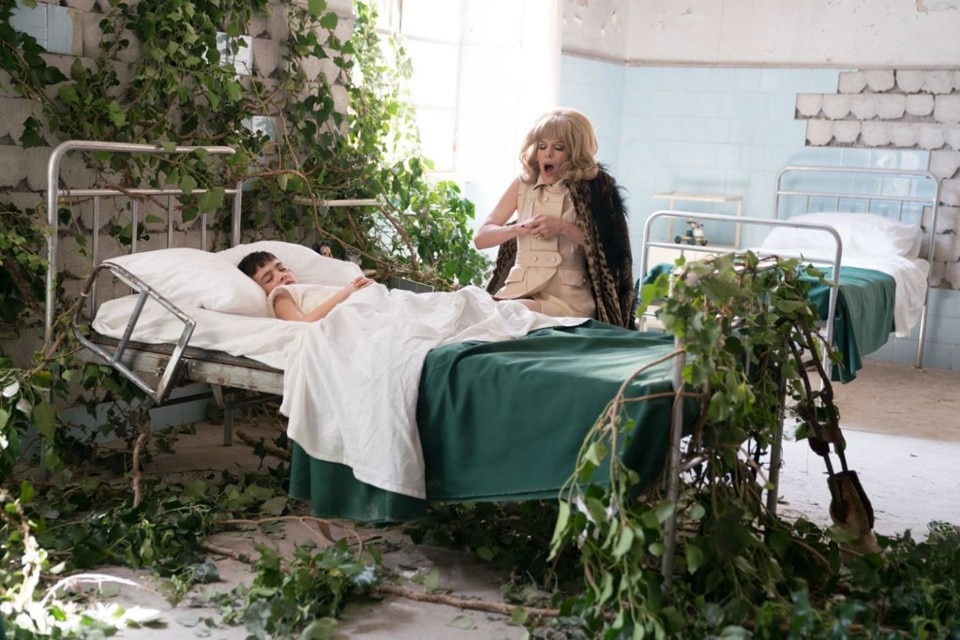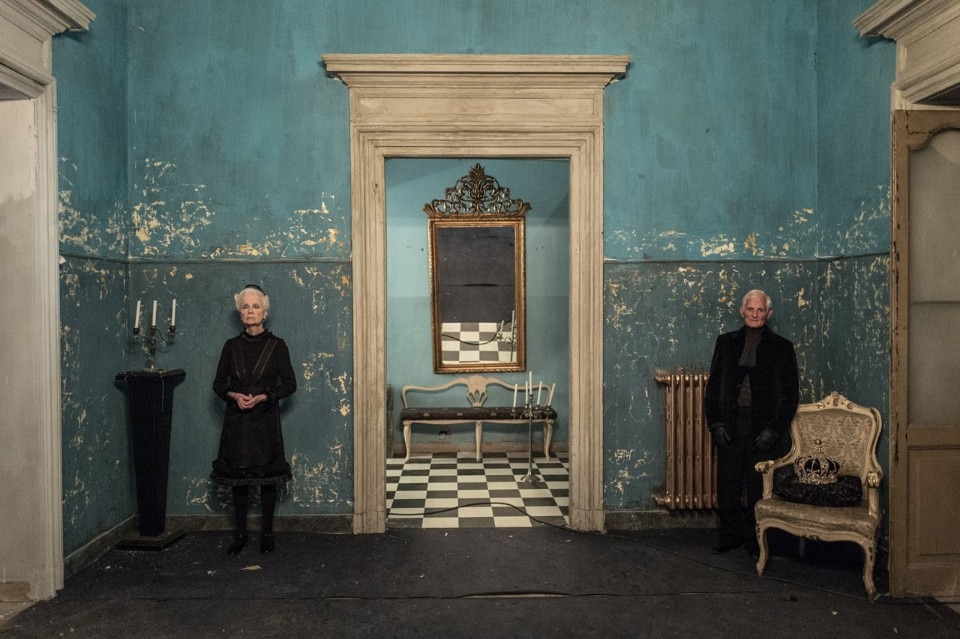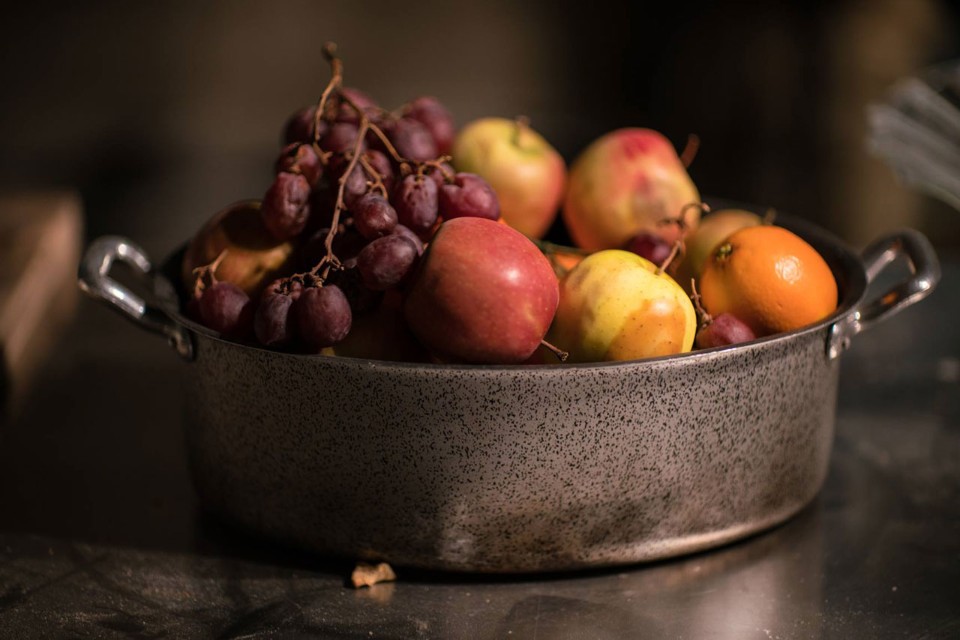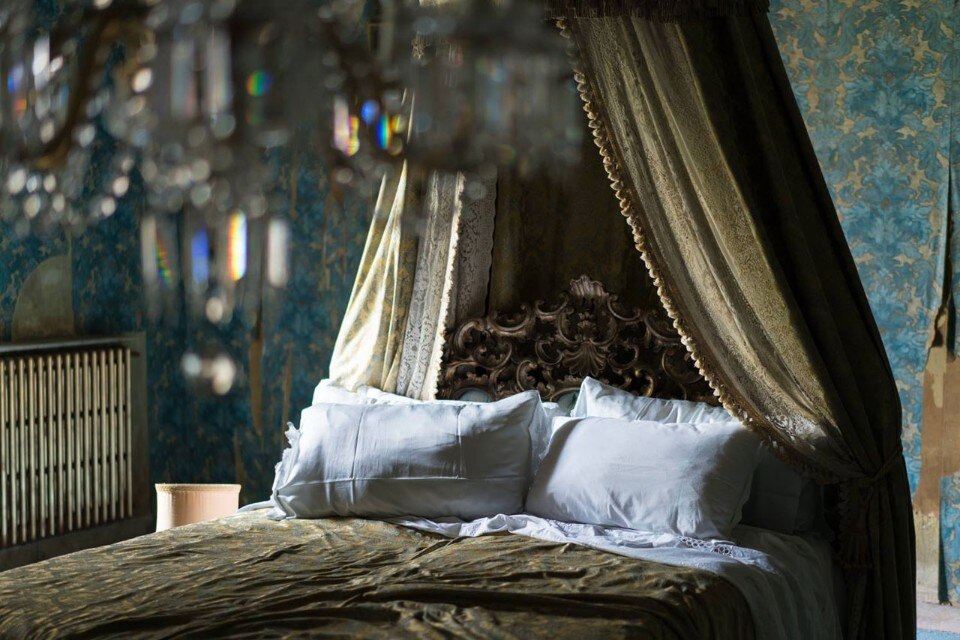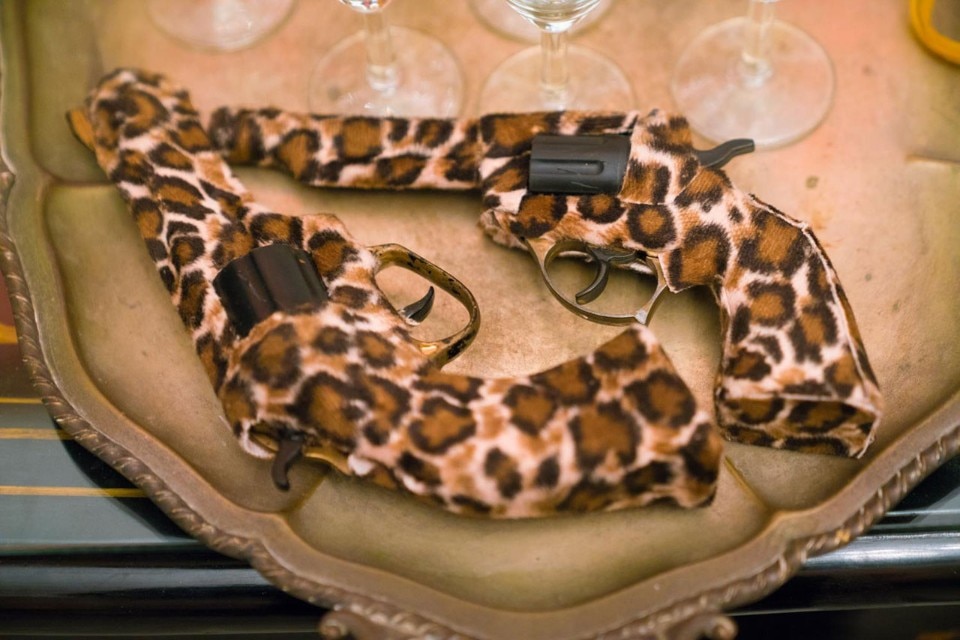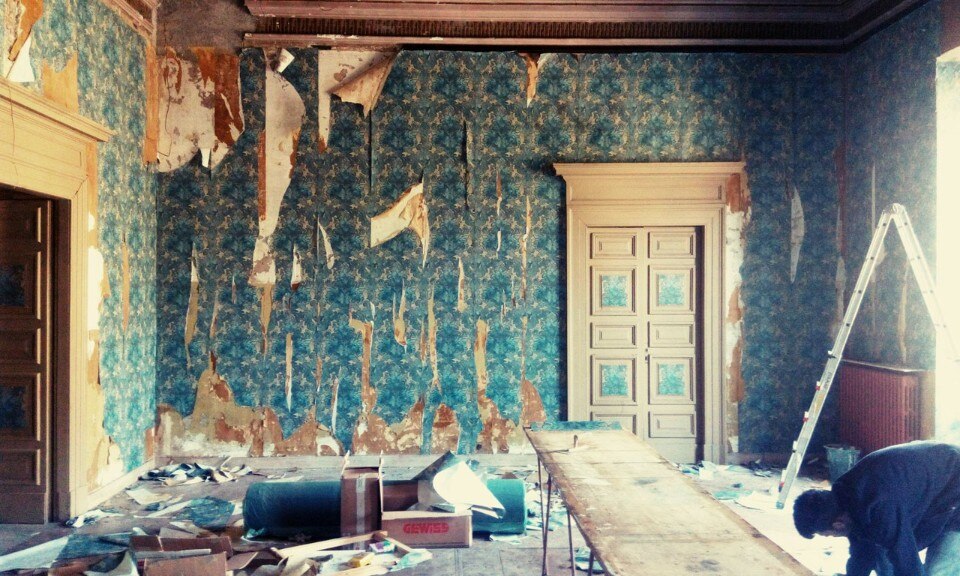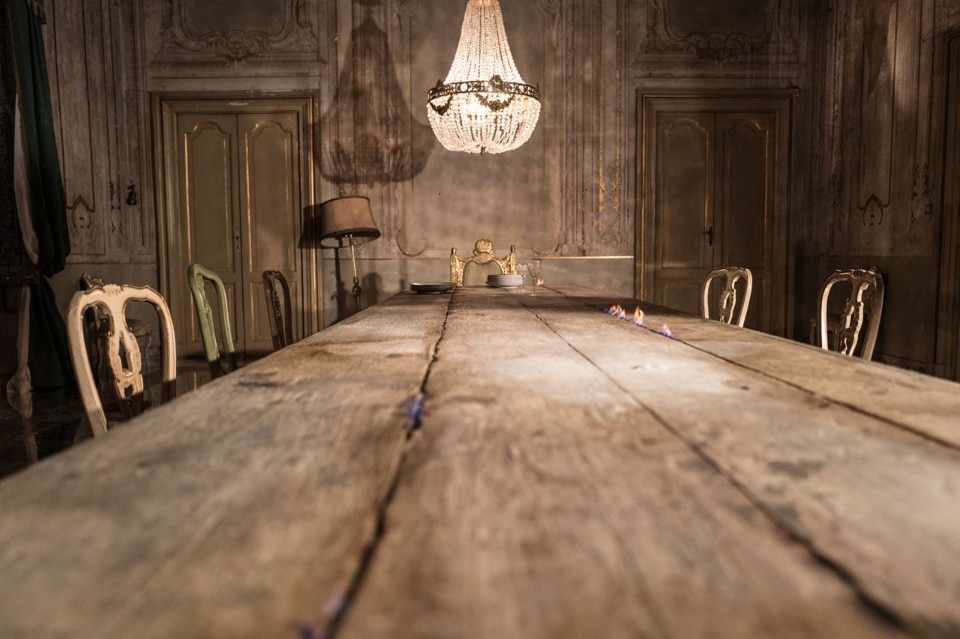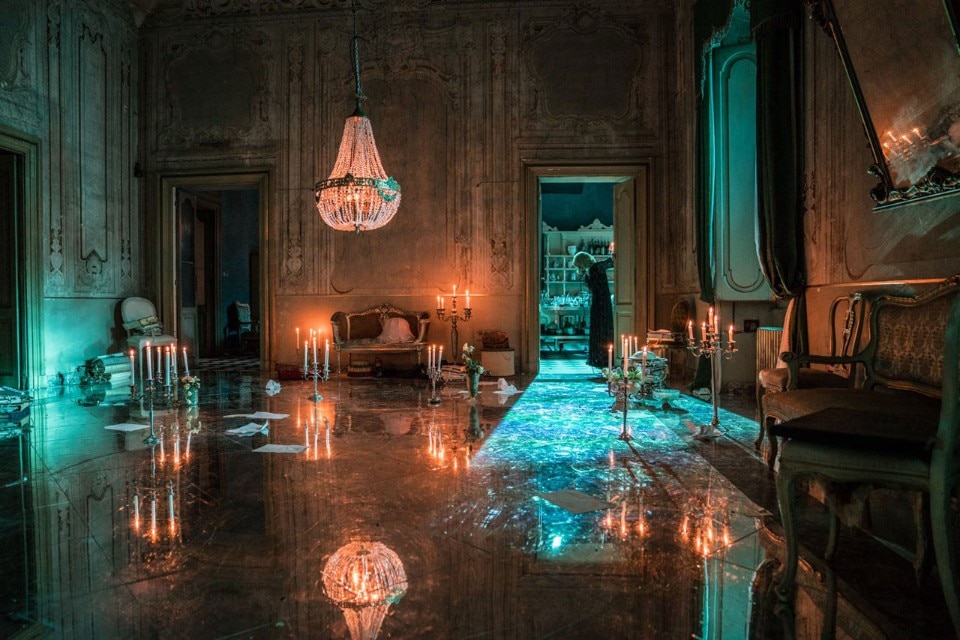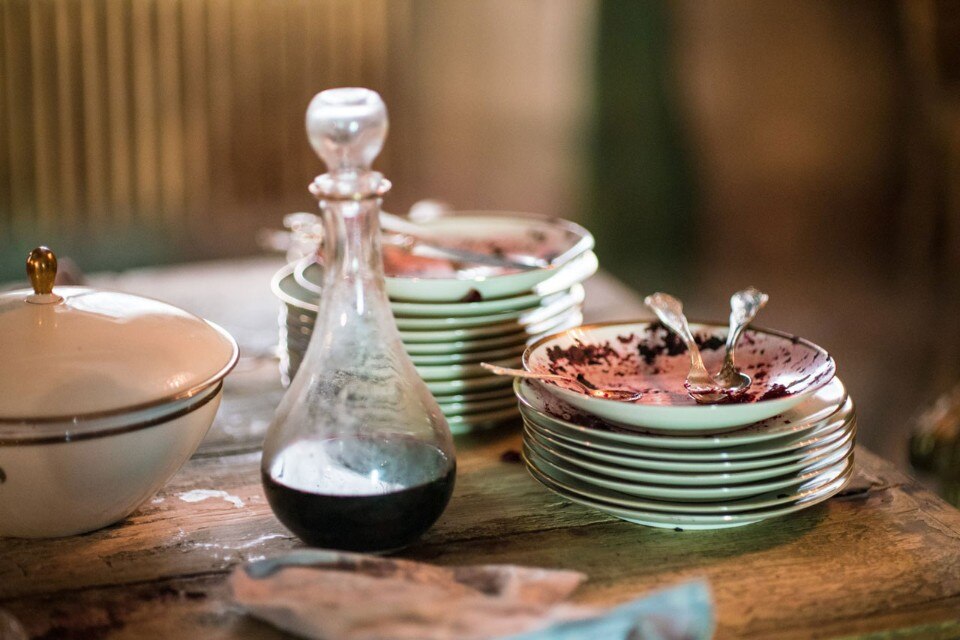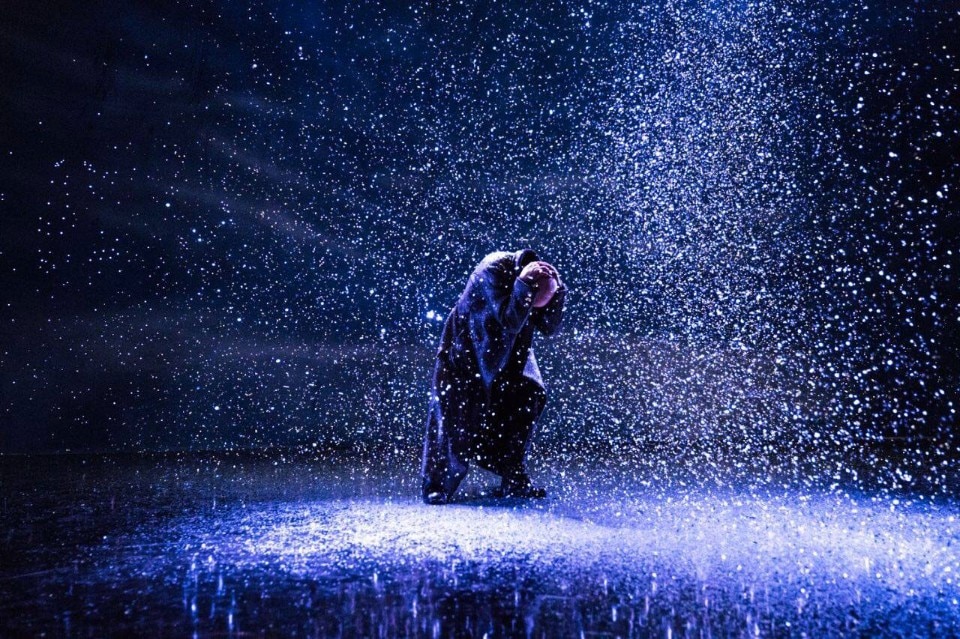I’ve had the pleasure of working with you. Seeing your work, I would call you an auteur of costume design. Your costumes definitely bear your signature. But I’ve read that you like to describe yourself as an archaeologist in the sector.
I didn’t meant it to sound pompous. I simply meant that behind a costume – which we can agree is something light and playful – there’s a lot of research. In my case it often involves looking at the past, hence the archaeology metaphor.
Was it research that started you off in costume design?
Yes, I started my studies at art school and continued at university in the school of humanities, specialising in Costume. But a fundamental experience was learning cutting and sewing at the Polimoda in Florence. Later I won a competition for the Experimental Cinematography Centre, where Piero Tosi taught. He worked with Visconti, Fellini, De Sica and Pasolini. He took me to the historic Sartoria Tirelli, where I started working with Gabriella Pescucci. (She won an Oscar for the costumes for Martin Scorsese’s Age of Innocence.) For 10 years I worked with her on great American films like Tim Burton's Charlie and the Chocolate Factory and Terry Gilliam's The Brothers Grimm.
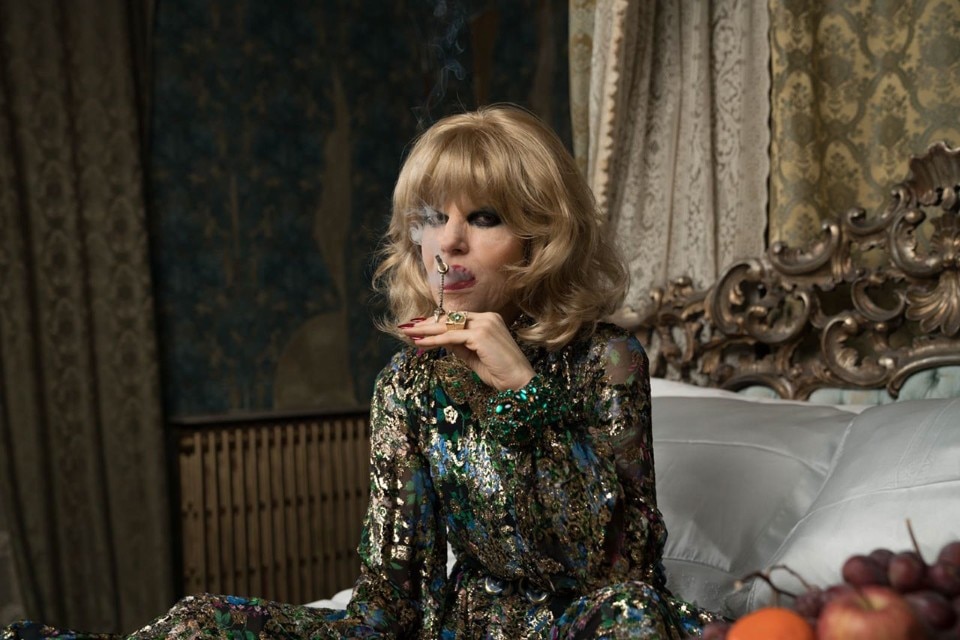
What does research amount to in this case?
It’s complicated. I’m a collector of vintage clothes. I’ve got about 4,000 garments ranging from the 18th century down to the 1960s and 70s, and I often start from there. Then, for the days before photography existed, I turn to writings, paintings or sculptures, though they always idealise what they depict, models that then have to be made real. But with the advent of photography reality begins to be documented for what it is, and this is the aspect that most interests me – reality. Or rather the truth, which in any case is not absolute, because bodies have changed, and so have fabrics, and in the case of a film there’s also a script to be followed. But the truth is important because that's what gives the public its bearings. I don’t think that in my work the important thing is for things to be good or bad, but right or wrong.
What role do architecture, design and art play in your work?
I follow contemporary art and architecture closely. They fascinate me because they express our humanity. But in my work I draw inspiration above all from the past and so it’s the architecture of the past that I draw on. For instance, I’m fascinated by European architecture of the twenties and thirties. I've never worked on science fiction movies, but if I did the contemporary influence would be more decisive.
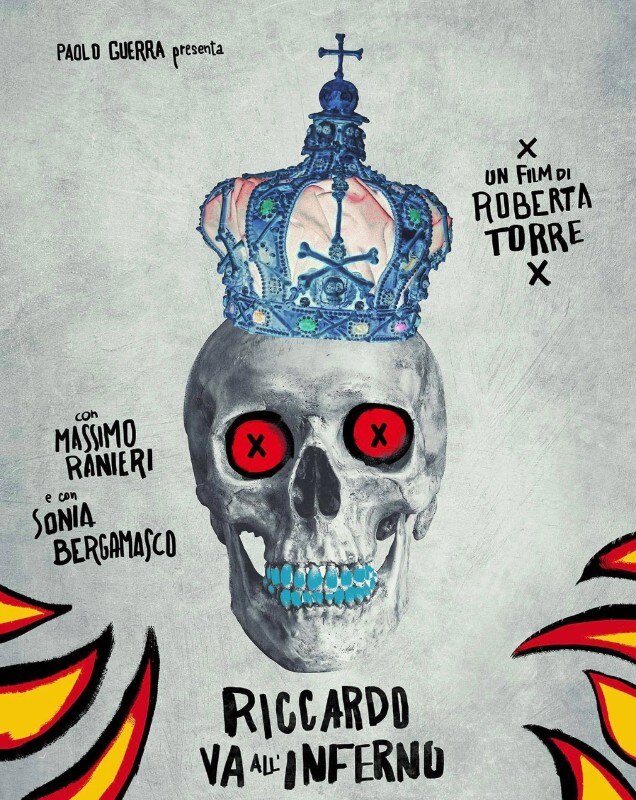
In the meantime, you've worked on a lot of very different movies. Your work ranges all the way from the fantasy world of Garrone’s Tale of Tales to the real contemporary world in Virzì’s The Leisure Seeker, to the world seen through the lens of a dark fable in Indivisible. What guides you in choosing a movie?
I choose films where my work can be valued, and for films with a contemporary setting I choose them if they offer scope to express myself. As in The Leisure Seeker (with Donald Sutherland and Helen Mirren nominated for Golden Globes for their roles), it gave me a chance to explore contemporary America through two elderly provincial figures, unfashionable and intellectuals. What I do in these cases is to make up the characters’ wardrobes. Paolo and I just clicked at once. It’s beautiful when you find your ideas are on the same wavelength, without having to make an effort. We agreed on a world of soft, pastel, desaturated colours. I always wanted to bring the two characters together in the colours, because they’re an elderly man and woman who love each other, cling to each other, they’re always together. In the costume design I wanted to express this closeness between them.
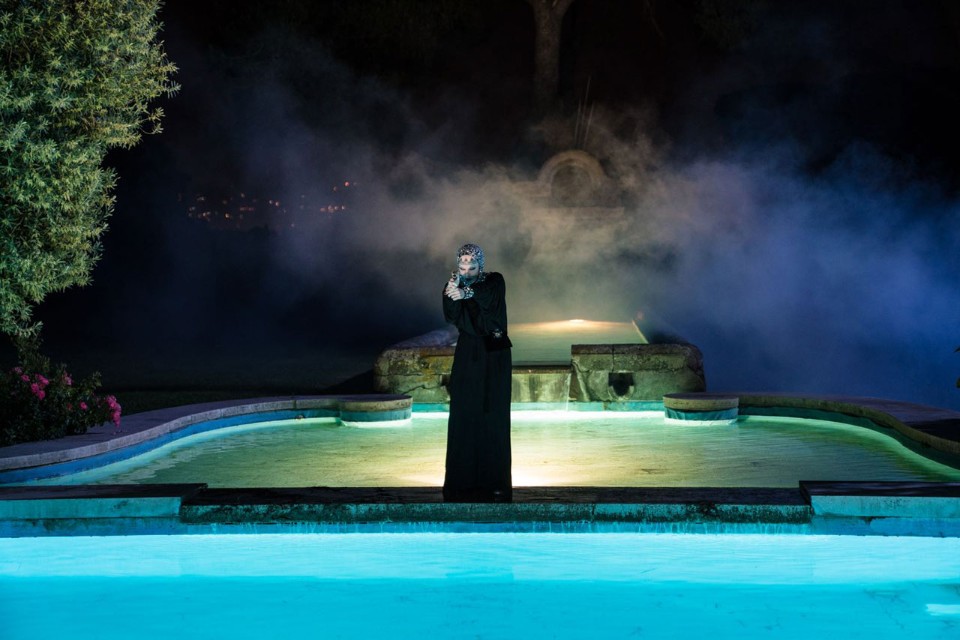
Almodovar said that to give a film visual definition he starts from a colour. What do you start from?
From a museum: I immerse myself in it and find my inspiration there. For Indivisible I went to Pompeii because the story of the Siamese twins is set in Campania and the film has a lot of the decadence you breathe in Pompeii. There I saw a fresco of two nymphs coming out of the water, wearing wet dresses suggesting the effect of mercury. It made me think of a costume made of silvery lycra, a cheap fabric, it cost next to nothing but it was perfect, because the insight is into how it looks on screen, not in real life, and the material was chosen for that reason.
For Riccardo va all’Inferno the inspiration came from David Bowie.
From the exhibition “David Bowie Is” at the MAMbo in Bologna. David Bowie was "LA" contemporaneity, he was fashion, but frozen in time. Anyone can find themselves in him. For Roberta Torre’s film, which is a dark musical, from the start the approach was seventies rock. The vocabulary is very glossy, from video clips. The costumes have strong, clean lines enhanced by jewels. To me, elegance means taking away, not putting in.
The coordination with the production design was evident here. Is this a constant of your work?
I always work closely with the production design. The colours we choose for the interiors and costumes have to be keyed to each other. It’s the director who’s in charge of the process. Roberta is an example of a director with a strong aesthetic sense and a great visual culture, just like Matteo Garrone and Scola. Our mantra in the movie was “madness”.
What makes a costume iconic? Your most famous is surely Salma Hayek's red dress in Tale of Tales.
There the impact is due to the fabric, which is a furnishing material, a red silk satin with black embroidery. But the iconic quality is never just in the dress. It’s in the way it’s recounted, how it’s shown by the director. Matteo placed it in a labyrinth, with Salma Hayek running and the train streaming behind her... As I watched the shooting I realised this costume would remain.
We can close with a game. Sharp and sweet: a film you would have liked to do?
Cukor’s The Women. Stunning. There isn’t a man in the whole movie. And the costumes... Well, it was America in the thirties.
- Film title:
- Riccardo va all’inferno
- Director:
- Roberta Torre
- Screenplay:
- Roberta Torre, Valerio Bariletti
- Photography:
- Matteo Cocco
- Music:
- Mauro Pagani
- Scenography:
- Luca Servino
- Costume design:
- Massimo Cantini Parrini
- Distribution:
- Medusa
- Year:
- 2017


